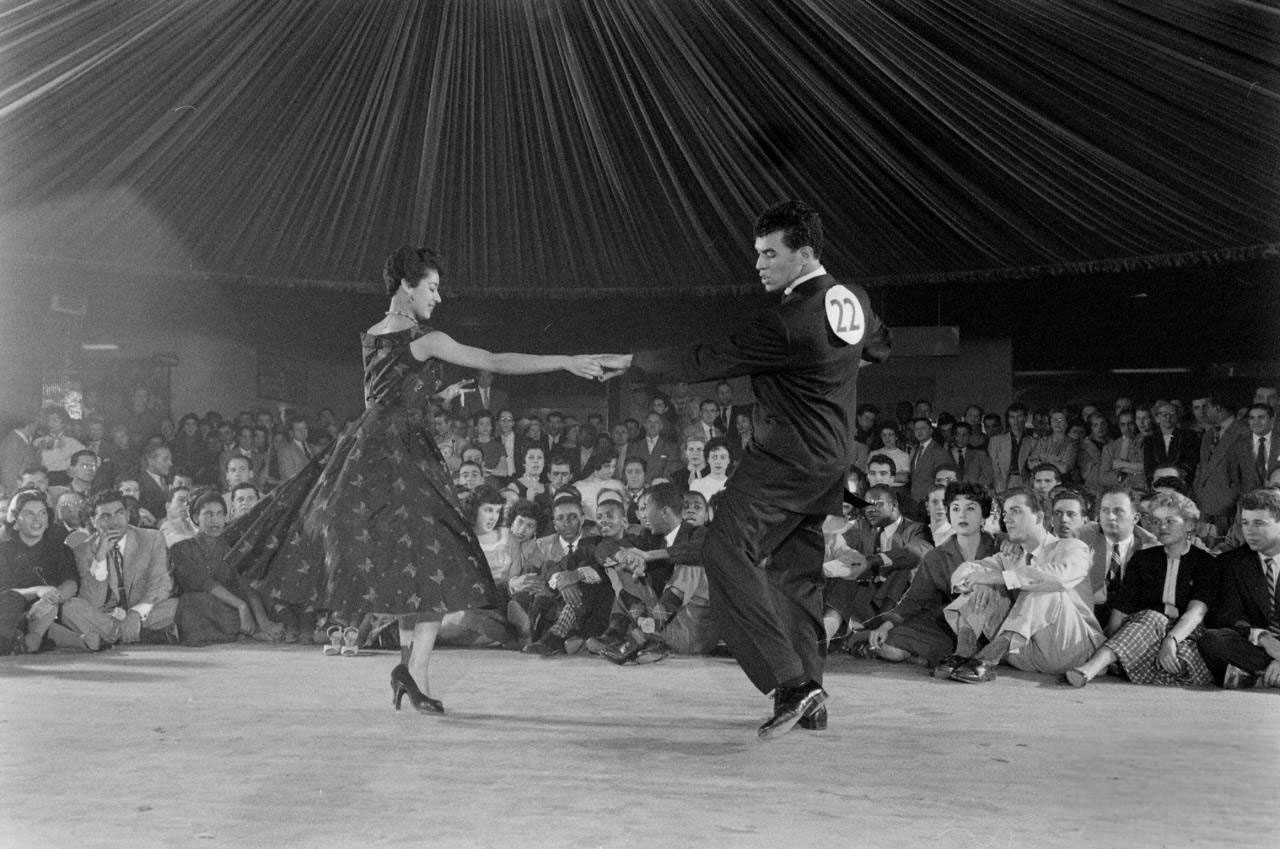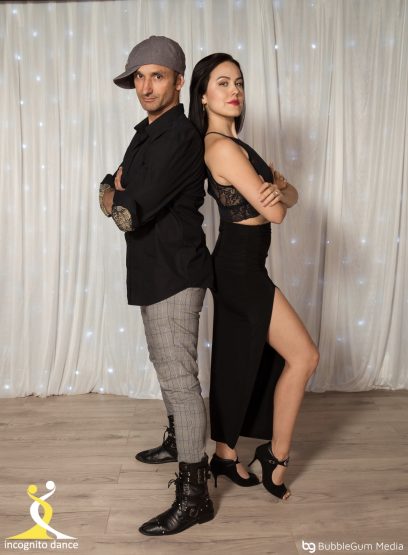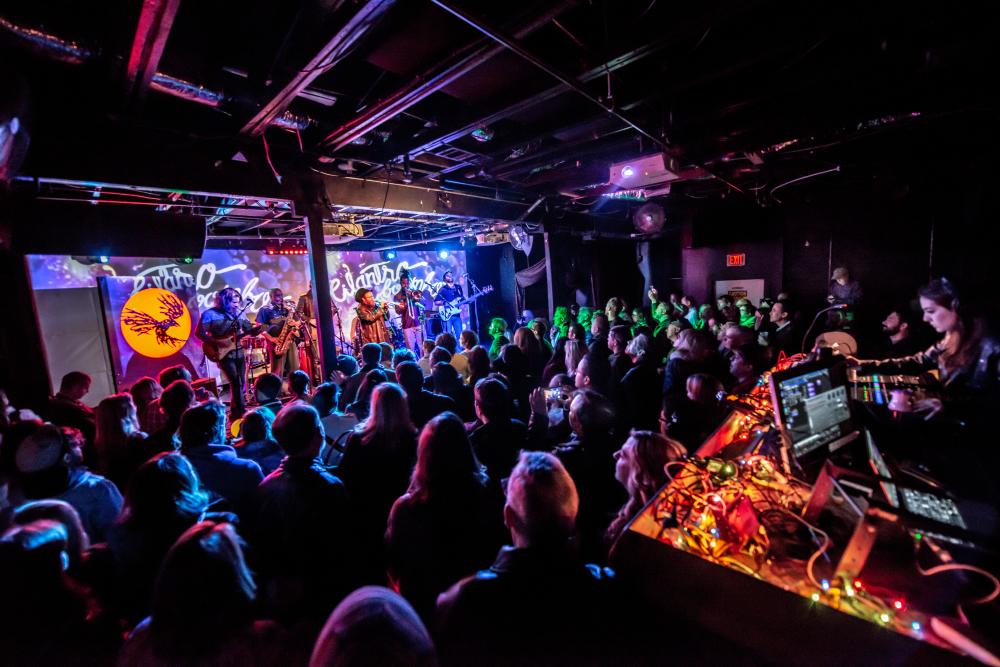The 15-Second Trick For Dance Fridays
Table of ContentsNot known Details About Dance Fridays The Best Strategy To Use For Dance FridaysWhat Does Dance Fridays Do?Getting My Dance Fridays To Work
Dance type Salsa training in Ecuador Salsa is a Latin dance, connected with the music category of the very same name, which was first promoted in the USA in the 1960s in New York City City. Salsa is a mixture of Cuban dances, such as mambo, pachanga, and rumba, in addition to American dances such as swing and tap. As American dancings such as swing and faucet.
The basic Salsa dancing rhythm is composed of taking three actions for every four beats of music. Salsa dancers can also break apart to dance solo, known as "sparkles". The 2 major styles of salsa are direct and circular.

Dance Fridays Can Be Fun For Everyone
Salsa dancing is a worldwide dance that can be found in many urbane cities on the planet - https://www.openlearning.com/u/evanmargolin-s54ryp/. Festivals are held each year, often called a Salsa Congress, in numerous host cities intended to bring in a selection of salsa professional dancers from other cities and nations - salsa crazy. The events bring dancers with each other to share their enthusiasm for the dance, develop area, and share steps and ideas
Video clip demonstrating salsa dance principles Over the years, lots of various styles of salsa dance have actually advanced around the globe. Incorporating other dance designing strategies right into salsa dancing has actually also become typical, with dancers of one style integrating designs and motions of others to create new blends of dancing styles.

One of the most influential figures in New york city style salsa is Eddie Torres - salsa crazy (known as "the Mambo King"), that is attributed with aiding to formalize the on 2 salsa timing (based on mambo) and aiding to popularize it by instructing it in dancing studios in New york city and with very early training tapes
An Unbiased View of Dance Fridays
Standard step for LA style, with leader's actions in blue Salsa program dance Los Angeles design salsa (LA design) is danced "on 1" where professional dancers damage ahead on the initial beat of the music, unlike New york city design which is danced on 2. LA style salsa is danced in a line or "port" with dancers exchanging settings throughout the dancing, unlike Cuban salsa which is danced in an extra round fashion.
In this pattern, the leader progressions on 1, tips to the right on 2-3 while transforming 90 degrees counter-clockwise (facing to the left), leaving the port open. https://www.imdb.com/user/ur173651689/?ref_=nv_usr_prof_2. The fan after that tips direct on 5-6 and activates 78, while the leader makes an additional 90 levels counter-clockwise and somewhat ahead, returning into the slot
The "Vazquez Brothers" (Luis Vazquez, Francisco Vazquez, and Johnny Vazquez) are credited for the early advancement and growth of LA Design. Luiz Vazquez was the founder of Los Angeles's very first salsa dance team, Salsa Brava.
Later professional dancers such as Alex Da Silva, Christian Oviedo, and Liz Lira are also attributed with developing the LA design of dance as we understand it today. [] In Cuba, a popular dance called Casino was marketed as Cuban-style salsa or Salsa Cubana abroad get redirected here to distinguish it from various other salsa styles when the name was promoted internationally in the 1970s.
The Buzz on Dance Fridays
The name Online casino is derived from the Spanish term for the dancing halls, "Gambling establishments Deportivos" where much social dance was done among the better-off, white Cubans throughout the mid-20th century and onward. Historically, Online casino traces its origin as a companion dancing from Cuban Son, Cha Cha Cha, Danzn and Guaracha.
This indicates that no action is taken on the initial and 5th beats in each clave pattern and the 4th and eighth beat are emphasized. This way, rather than complying with a beat, the professional dancers themselves contribute in their motion, to the polyrhythmic pattern of the songs. At the exact same time, it is commonly danced "a tiempo", although both "on3" (initially) and "on1" (nowadays).